Feature Story
A Strong Foundation
As our country's infrastructure reaches its intended lifespan, researchers at OU race to develop new concrete technology.
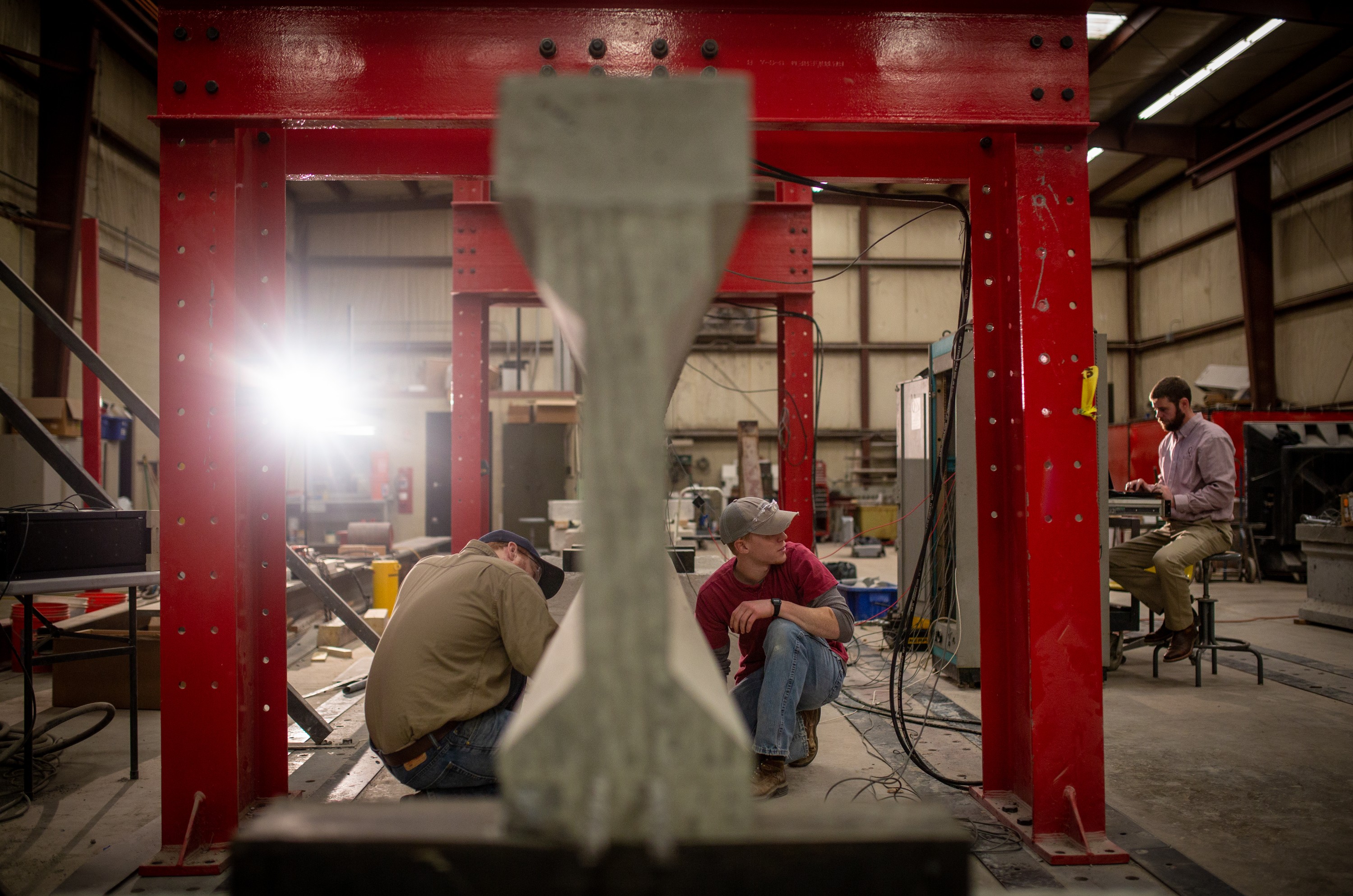
As our country's infrastructure reaches its intended lifespan, researchers at OU race to develop new concrete technology.
“We don’t notice good design,” said Royce Floyd, an assistant professor in the Gallogly College of Engineering. When roads and bridges are fulfilling their purpose, we cruise to our jobs and homes without thinking twice about the civil engineering that makes our commutes so painless.
It’s only when traffic is backed up 30 minutes, when a bridge has been under construction for months, or when the foundation of a home or building cracks, that we fully apreciate the consequences of bad design.
“When I tell people that I study concrete, they always ask why.” Floyd said, laughing. “That’s when I tell them to try to get home without touching concrete.”
That daily importance and the practical application is why Floyd focuses his research on innovating concrete to increase the longevity of the infrastructure we need.
With sidewalks, roads, highways, and bridges, we enjoy the benefits of concrete every day. Our infrastructure depends on it, and that infrastructure is aging.
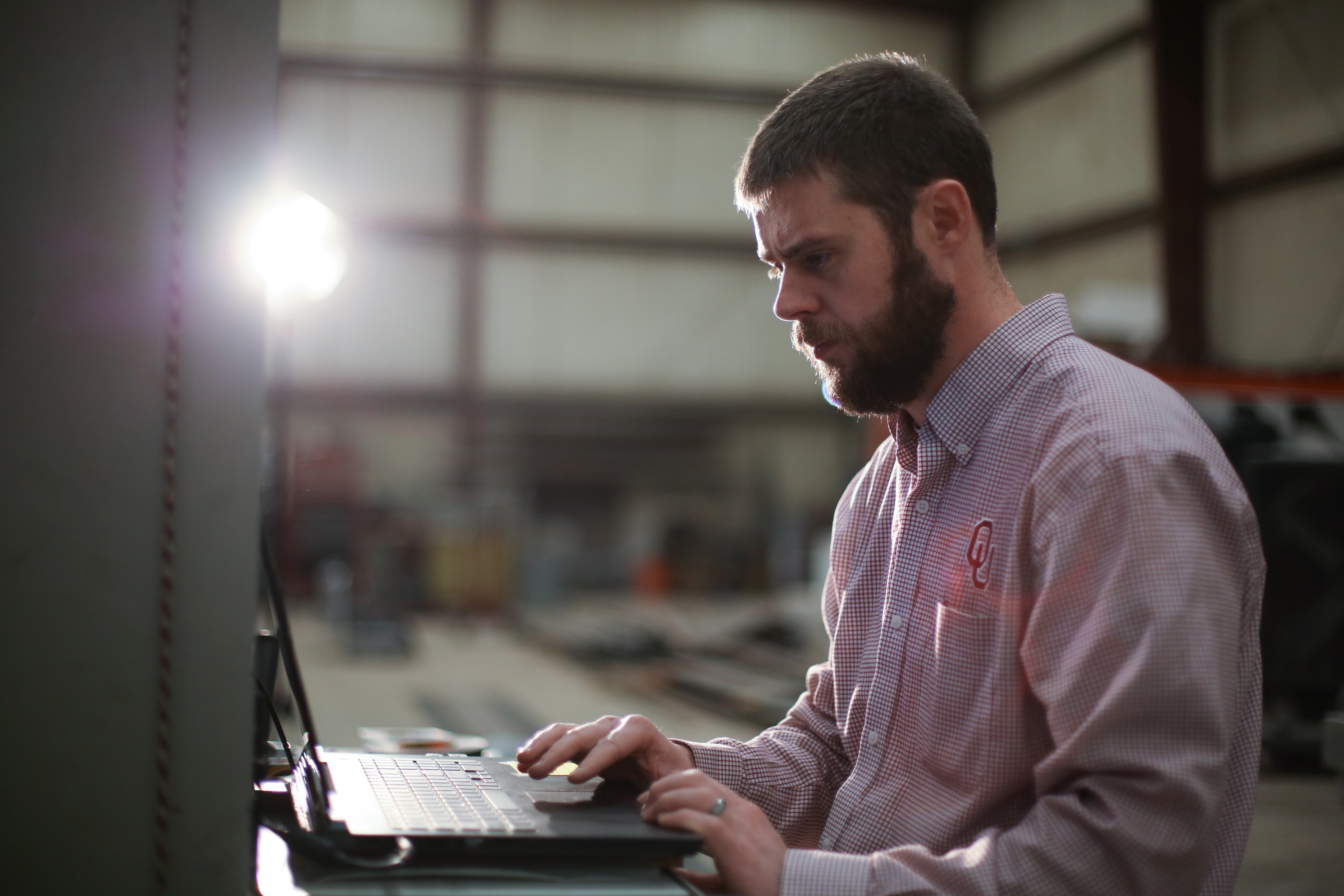
According to the American Society of Civil Engineers Infrastructure Report Card, about half of our bridges will be at or past their lifetimes in the next ten years.
“It will take a massive investment nationwide to get us back on track to where we should be.” Floyd said.
Floyd and his team of student researchers are racing to find solutions for this national problem using ultra-high-performance concrete, a new concrete material that is reinforced with steel fibers, making it more resistant to cracking. It has higher compressive strength and extremely low permeability.
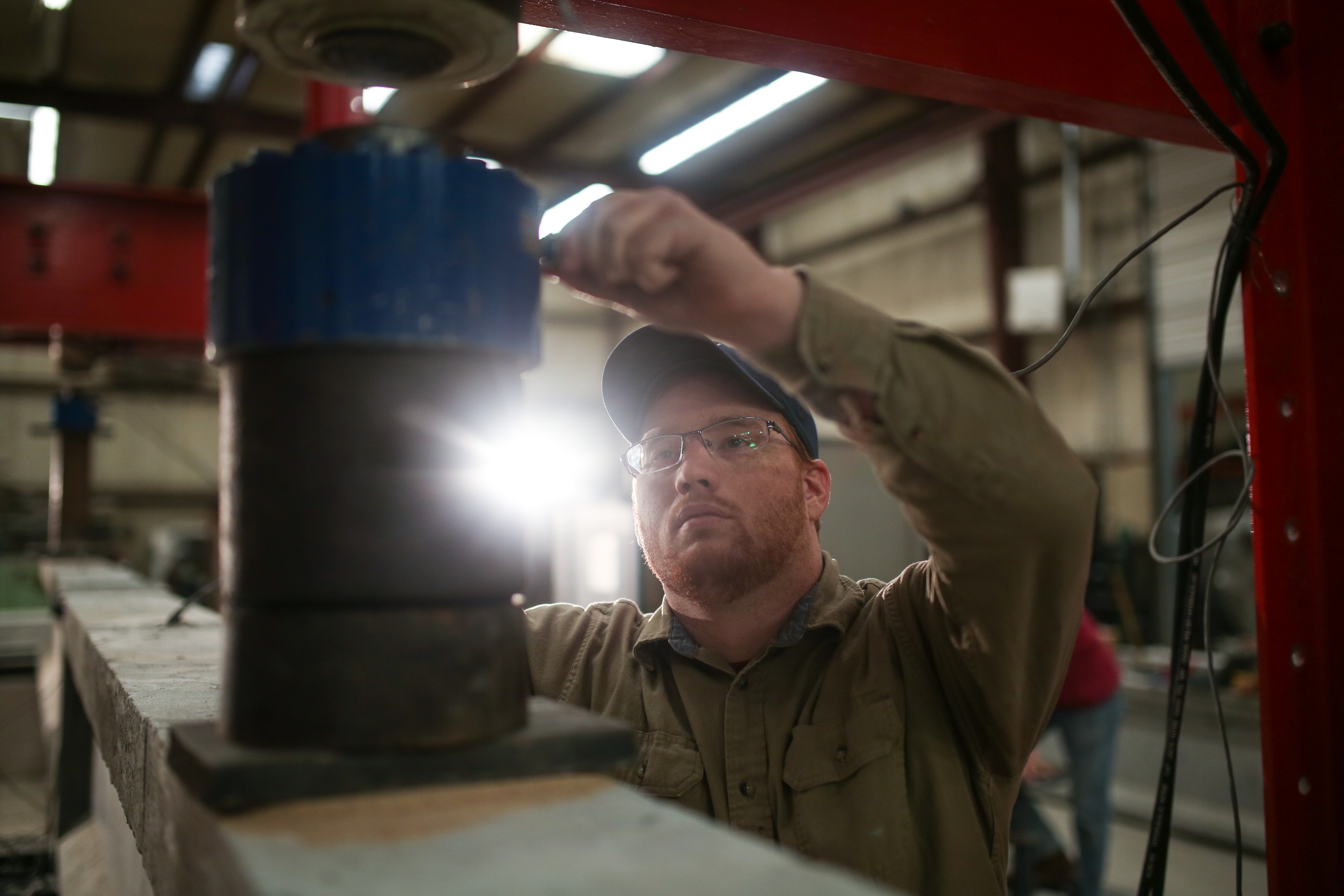
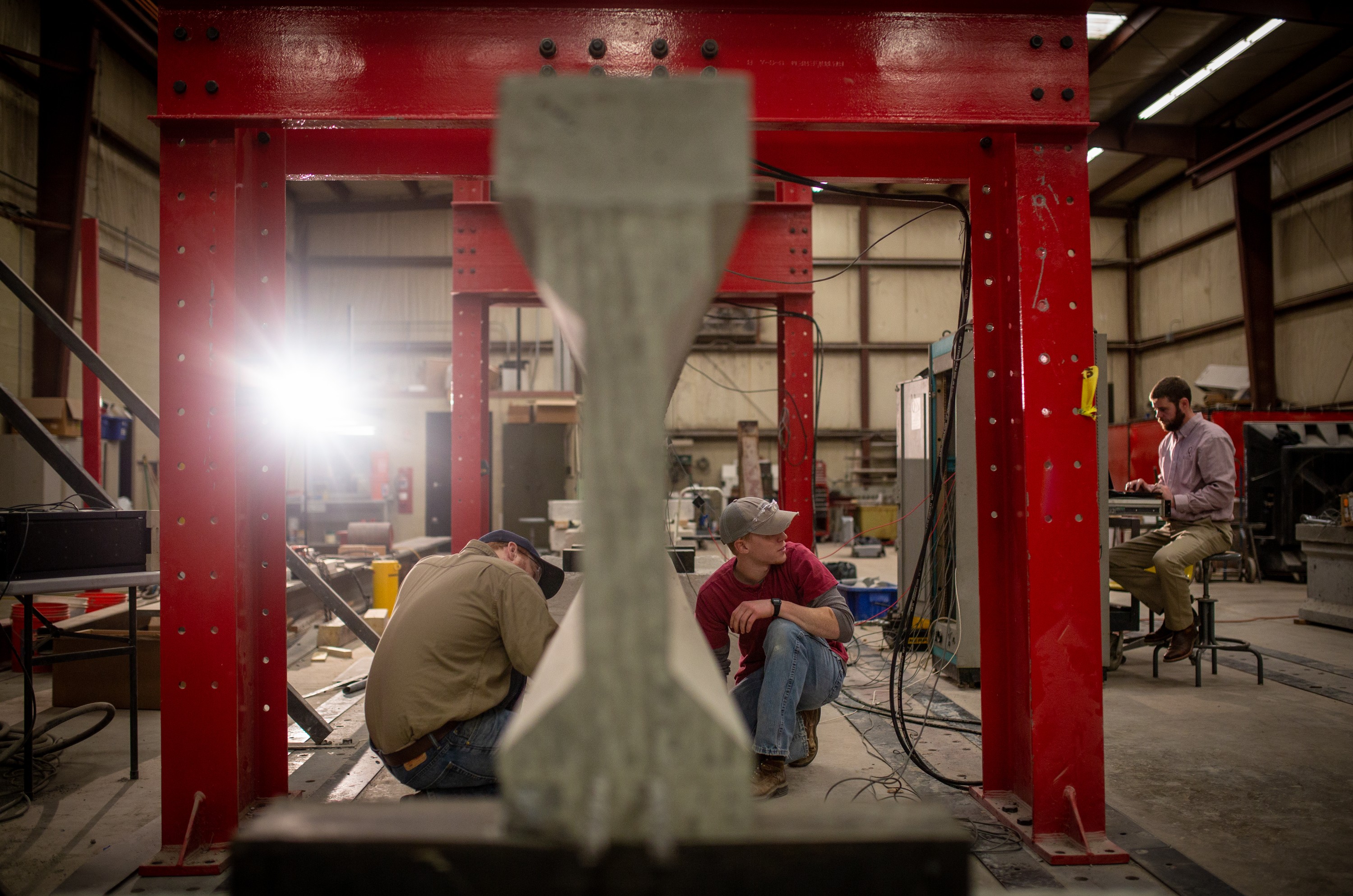
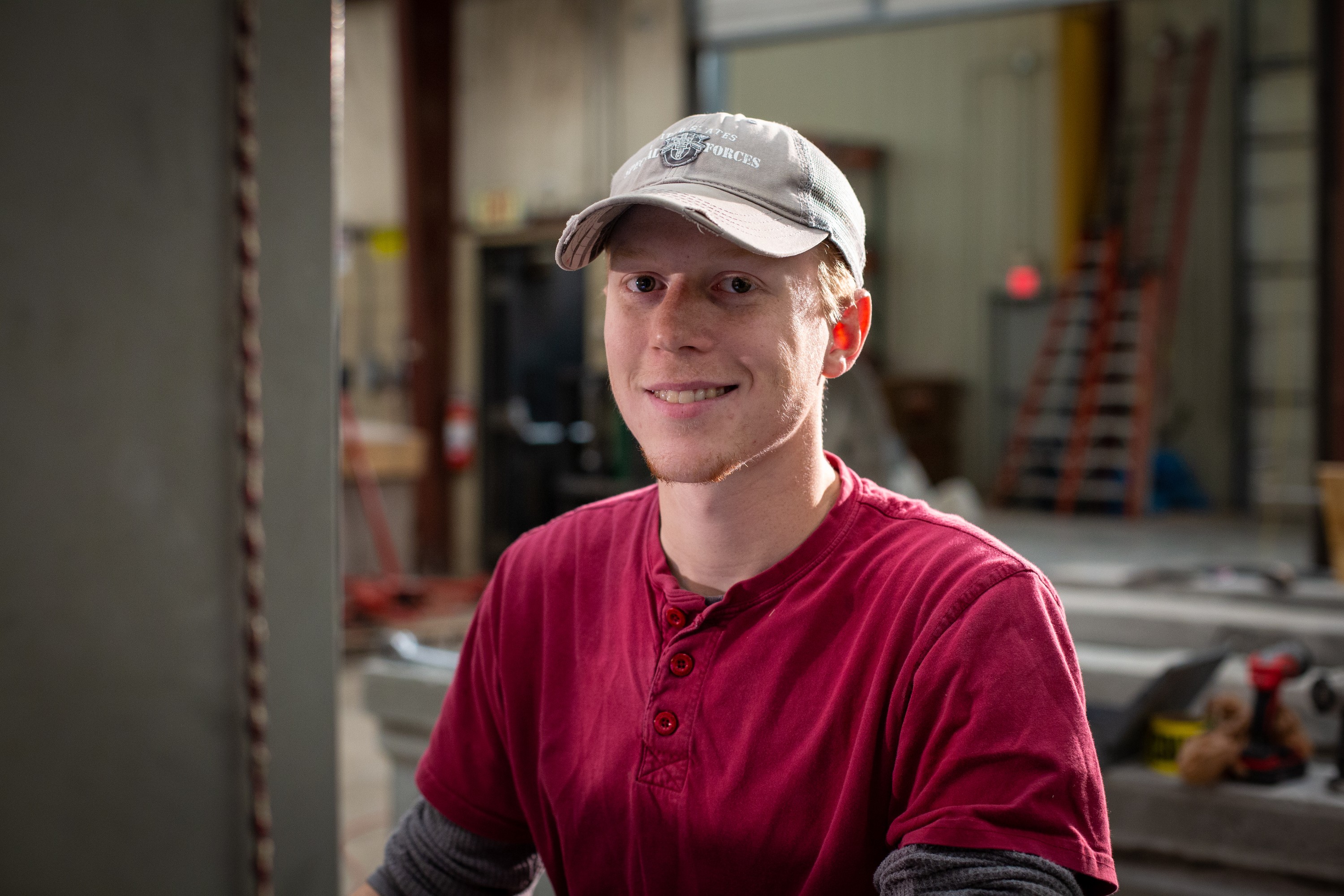
Thanks to the Donald G. Fears Structural Engineering Lab, a 14,453 square-foot-facility with a reinforced strong floor, Floyd and his team are able to bring in structural pieces as big as life-size bridge beams to test concrete properties. “The students are the backbone for these projects. They run tests on a day-to-day basis and collect all the data,” said Floyd.
Floyd said that one of the biggest problems bridges have in Oklahoma is the failure of joints in the bridge deck. These joints are crucial because they allow the bridge to expand and contract in response to temperature and impact. After being exposed to the elments over time, the concrete in the joints wears down and cracks.
“Traditional concrete is not getting the job done in this area. If we use a material that has a higher strength and greater impact resistance, we can stop the initial problem that ultimately compromise our bridges,” explained Floyd.
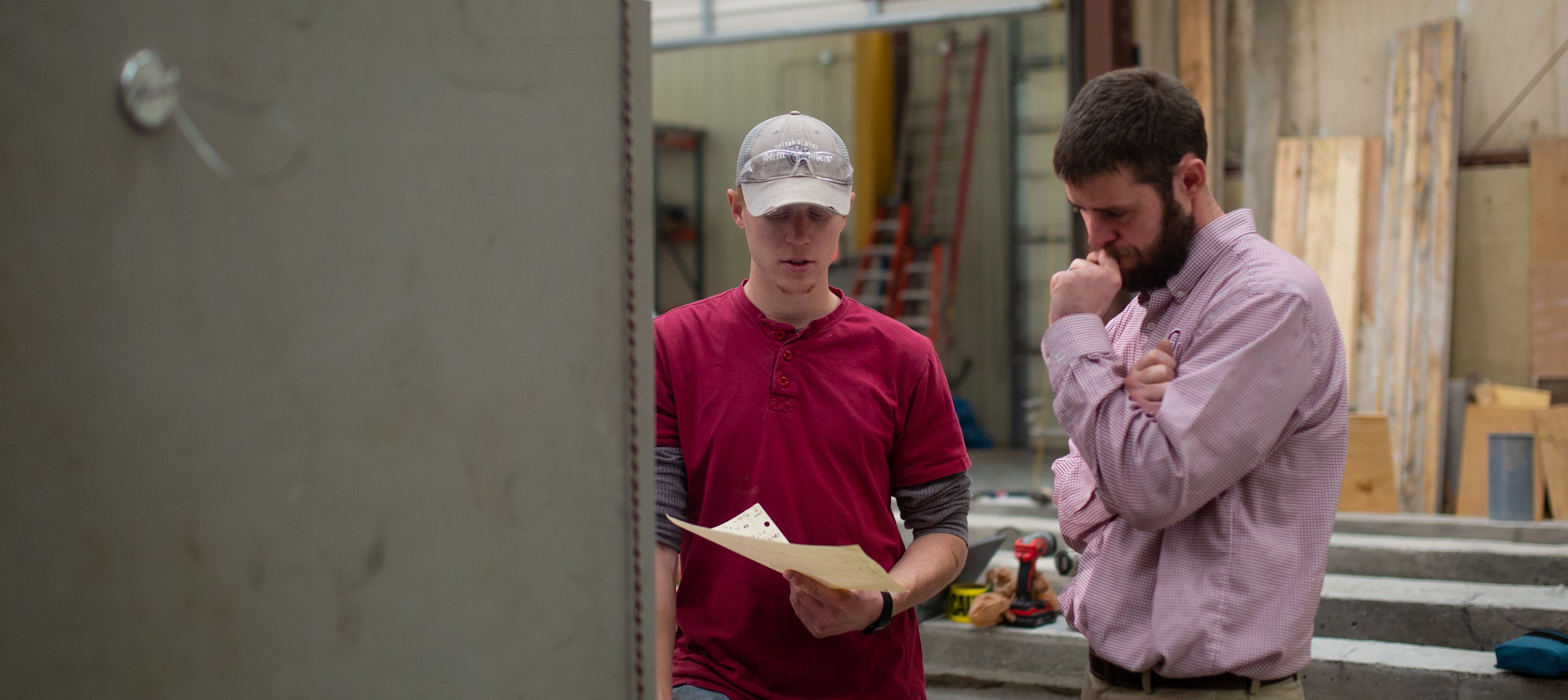
In the Fears Lab, his team spends a lot of time building life size replicas only to intentionally break them, testing the strength of their new concrete technology.
So far, findings indicate that repairs utilizing ultra-high-performance concrete have potential to be far less invasive to the original structure and could be an alternative to having to replace the bridge all together, saving time and money.
“We did the first implementation of ultra-high-performance concrete on a bridge repair last year in Shawnee and hoping to do more projects with that material in 2019 to prove the concept.”
The work and research conducted by Floyd and his team has the potential to improve the safety and travel of thousands of Oklahomans and save the state a lot of money in the long run.
“We’re doing things that have practical applications to a problem that affects everyone. We want to come up with better solutions to make new bridges last longer and make old bridges safer,” said Floyd.
Their research has the potential to keep our bridges and roads safer, while saving the state money on repairs. As our highway system and bridges reach the end of their lifetimes, chances are we’ll be blissfully unaware of the quick and efficient repairs made possible by this new concrete technology.
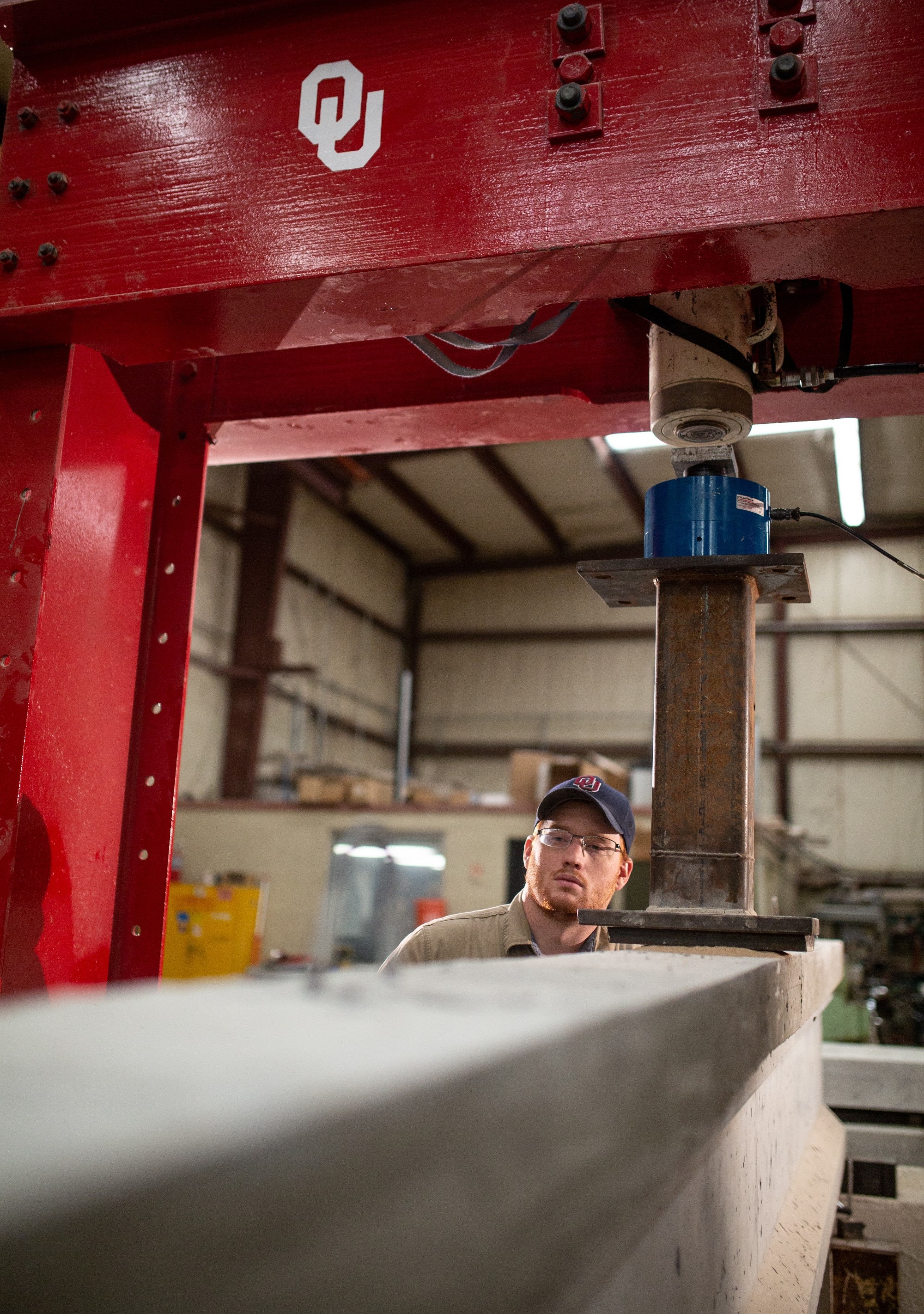
People are notorious for not recognizing good design, but it improves their quality of life regardless. Ultra-high-performance concrete research at OU is paving the way for infrastructure with a stronger foundation.